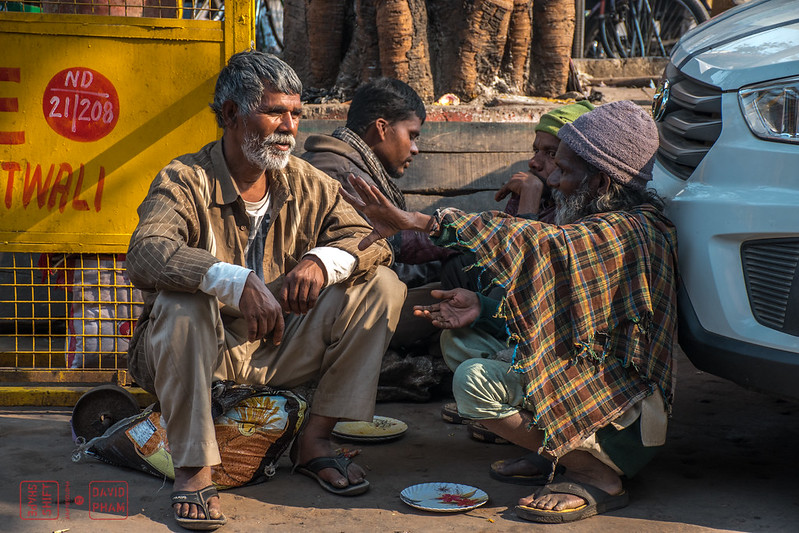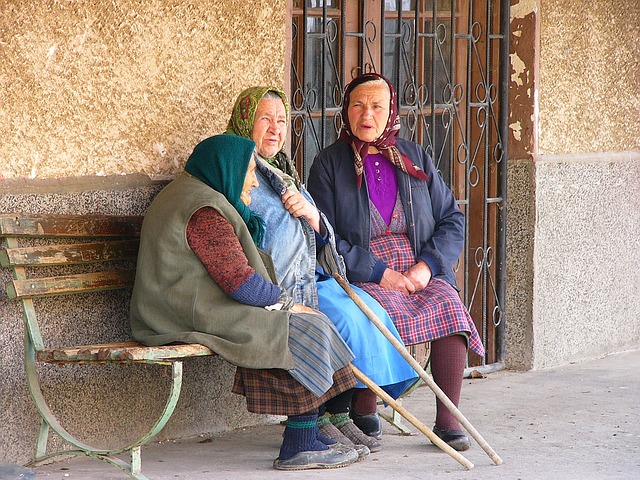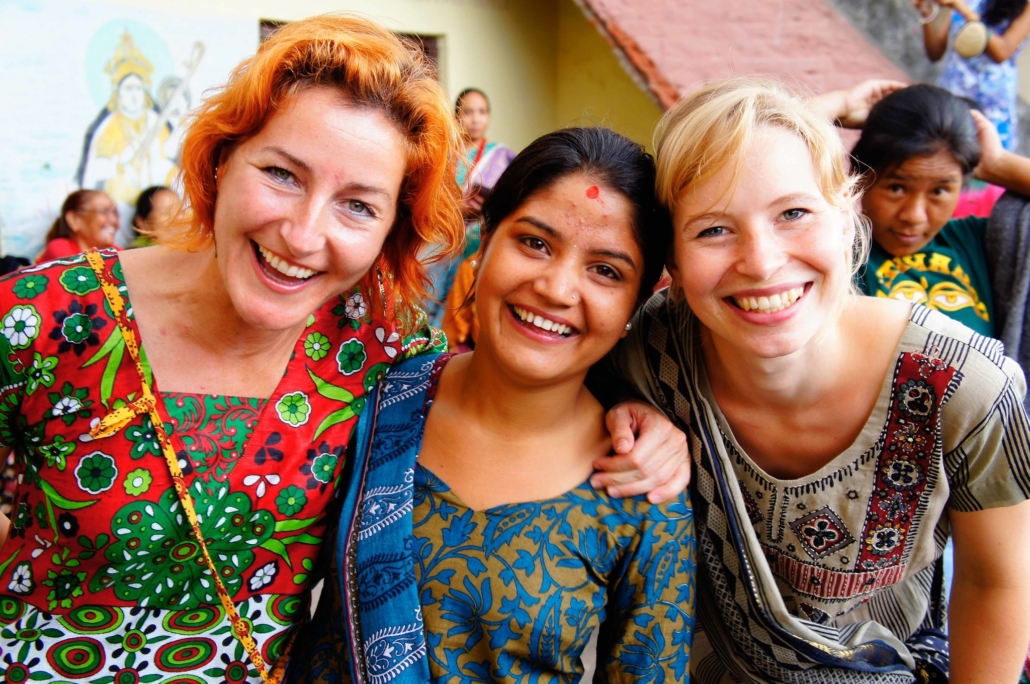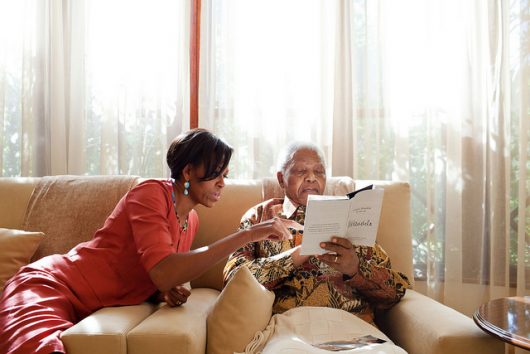 As the effort to contain the spread of COVID-19 continues globally and conditions remain unclear for many people throughout India, what started out as a 21-day lockdown has since been extended for high infection areas until June 30th. The country has slowly started re-opening a variety of businesses and organizations by the Ministry of Health Affairs despite a spike of 68,566 reported cases from May 25 to June 3. The vulnerability of poor and homeless people throughout India poses an additional threat to the already fragile hunger crisis underway. Luckily, volunteerism in India is saving lives.
As the effort to contain the spread of COVID-19 continues globally and conditions remain unclear for many people throughout India, what started out as a 21-day lockdown has since been extended for high infection areas until June 30th. The country has slowly started re-opening a variety of businesses and organizations by the Ministry of Health Affairs despite a spike of 68,566 reported cases from May 25 to June 3. The vulnerability of poor and homeless people throughout India poses an additional threat to the already fragile hunger crisis underway. Luckily, volunteerism in India is saving lives.
Migrant Workers and Homelessness
There are currently more than 1.7 million homeless people living in India. During a nation-wide lockdown, this is extremely problematic with lacking resources and little capacity at homeless shelters. Previous to the lockdown, an estimated 250 million Indian people were living underfed or malnourished. According to statistics gathered over the course of the last three months, these numbers have increased by 22.2 million. Many migrant workers trying to return home were forced to isolate in conditions that put their health and livelihood at risk. In many of these places, following social distancing guidelines is extremely difficult if not impossible.
Homeless shelters in India are working to get as many people off of the street as possible; however, this comes at a price. When the country went under strict order and work was quickly put to a halt, migrant workers had no choice but to begin their journey home. Many shelters houses more than 10,000 migrant workers and homeless people. This results in limited masks and sanitizers becomes an added issue on top of limited food and space. For nothing more than “a ladle of poorly cooked food poured roughly into a plate or plastic envelope”, masses of people would stand in line for hours, uncertain of when their next meal may come.
How Volunteerism in India is Saving Lives
Once lockdown restrictions began to lift, the community of India wasted no time giving back to those most vulnerable. The reliance on government programs during crisis can be taxing, specifically when there is not near enough meals to cover the amount of people in need. Many charities and organizations saw this need and teamed up with locals to shine a light on the issue. Together, they urged the government to provide aid as soon as possible. Here are a few stories of how volunteerism in India is saving lives.
Project Mumbai
Khaana Chahiye, created by Project Mumbai, in an initiative that continues to work tirelessly to provide meals for thousands of migrant workers and displaced people during the lockdown and pandemic. The initiative does not discriminate against who receives the meals; however, the focal point of this initiative is to feed as many homeless and migrant workers as possible. During this time, the organization averages an output of 70,000 meals per day to the poor. Luckily, the consistency of this output has sustained the lives of thousands. The organization also offers ways for civilians to bring attention to areas in need not being reached.
How An Individual Has Made a Difference
Local Tagore Government Arts and Science College Principal Sasi Kanta Dash, PhD, has always dreamt of helping his community. Dr. Dash knew that the lockdown could go on for a number of months and saw the need for positive change. At the beginning of the lockdown, he gathered a group of volunteers and started by feeding 250 people on the very first day, and the “immense satisfaction at the end of the first day catalyzed the actions on the future”. Over the course of 40 days, Dr. Dash has served more than 10,000 meals to the elderly, sick and poor across India.
The reality for thousands of people in India means limited access to preventative measures for the coronavirus, extreme food scarcity and the uncertainty of what tomorrow will bring. Although this can be daunting, with the help of local heroes like Dr. Dash and Project Mumbai, the goal of sustenance for all becomes that much closer.
– Katie Mote-Preuss
Photo: Flickr


 Think globally, act locally: this sentiment is shared by city planners, activists and businesspeople alike. Worldwide issues can appear so large as to be insurmountable. When a problem’s scale is overwhelming, taking action is a challenge, but small-scale, grassroots actions can make a massive difference over time. The spirit of global thinking and local action is the drive behind Kiwanis International, an international association of clubs that focus on helping children and fighting poverty and disease. The organization’s
Think globally, act locally: this sentiment is shared by city planners, activists and businesspeople alike. Worldwide issues can appear so large as to be insurmountable. When a problem’s scale is overwhelming, taking action is a challenge, but small-scale, grassroots actions can make a massive difference over time. The spirit of global thinking and local action is the drive behind Kiwanis International, an international association of clubs that focus on helping children and fighting poverty and disease. The organization’s 





